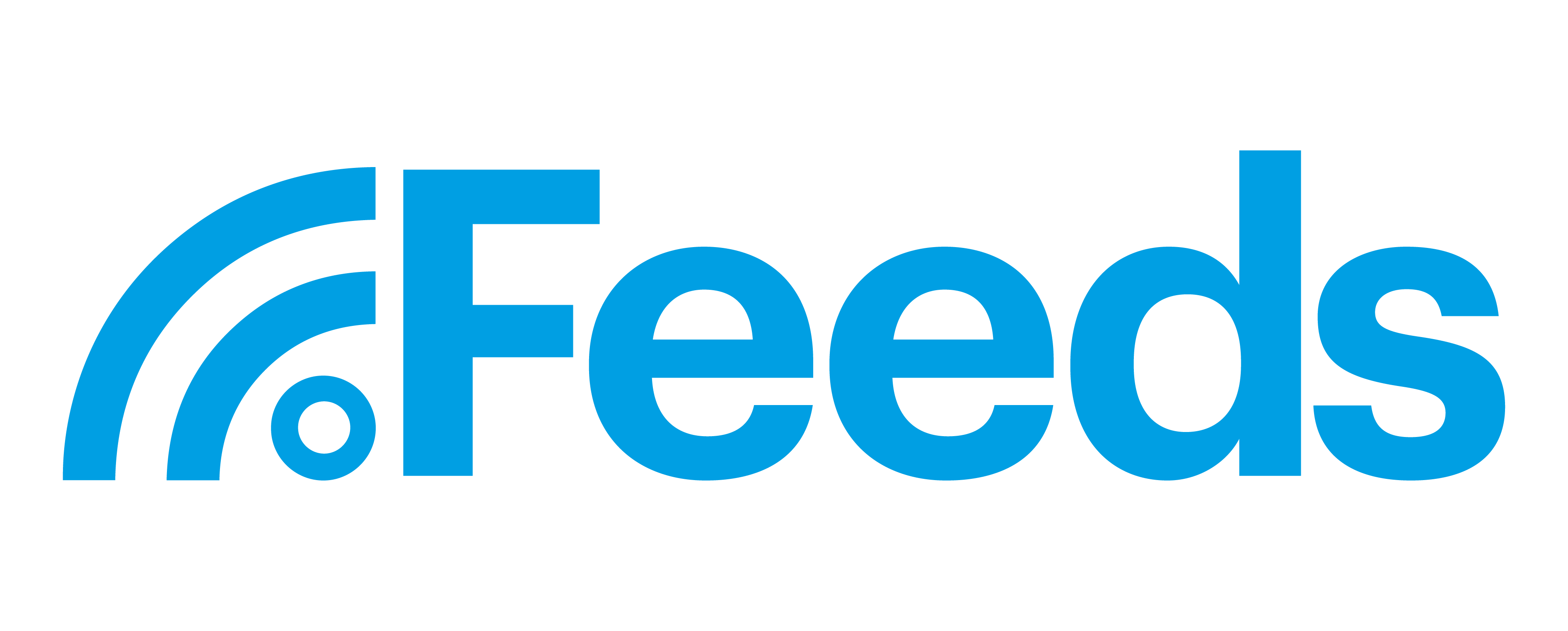BibTeX
@misc{Roggenkamp_2023,
title={oFeeds},
url={osf.io/jcxvk},
publisher={OSF},
author={Roggenkamp, Hauke C},
year={2023},
month={Sep}
}oFeeds

The project oFeeds contains three apps
oCom,oNovitas andoTweetthat mimic shopping, news as well as social media feeds, respectively. This document describes how to configure each app to your needs.

All of these apps are based on oTree (Chen, Schonger, and Wickens 2016). Hence, all of these apps share some common ground that will be described in the first few chapters: Chapter 2 first describes how to deploy oTree apps in general. Chapter 3 describes how to create and configure a session. Subsequently, Chapter 4, Chapter 5 and Chapter 6 describe the session configurations that apply to the respective apps in detail. The document closes with instructions on how to run an oTree experiment on Prolific.
Improve realism (and thus, external validity) without sacrificing internal validity:
oFeeds provides individual-level data that allows you to further investigate mechanisms (in contrast to PABTs’ aggregate data).oFeeds is a single player game without interaction (i.e. no social network) between participants to avoid spillovers between treatments and SUTVA (Angrist, Imbens, and Rubin 1996, 446) violations.oCom with oTweet or oNovitas to simulate a shop as a landing page of some campaign.Please note that both the apps as well as the documentation are under development (in fact, Chapter 4, Chapter 6 and Chapter 7 don’t even exist). Hence, feedback is much appreciated. If you have any comments, questions or requests, don’t hesitate to reach out to me via email or create an issue in the corresponding github repository.
oFeeds is licensed under the MIT open source license with the added requirement of a citation of Roggenkamp (2023). This licensing approach provides users with the liberty to utilize, adapt, and share the software with minimal constraints to foster collaborative development in line with open-source and open science principles.
BibTeX
@misc{Roggenkamp_2023,
title={oFeeds},
url={osf.io/jcxvk},
publisher={OSF},
author={Roggenkamp, Hauke C},
year={2023},
month={Sep}
}